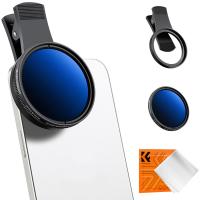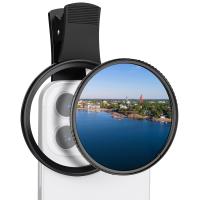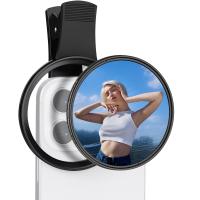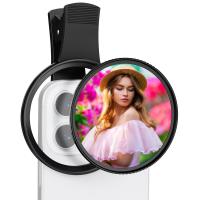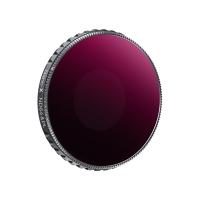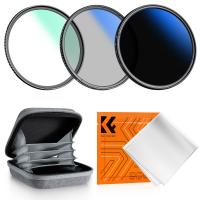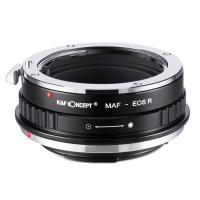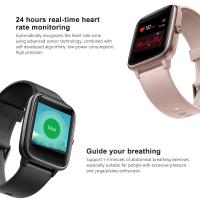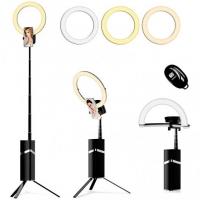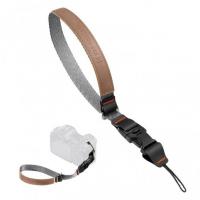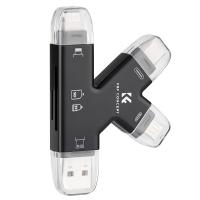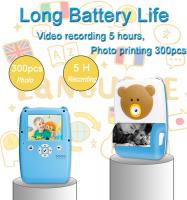How To Turn Up Headphone Volume On Iphone?
How to Turn Up Headphone Volume on iPhone: A Comprehensive Guide

If you’re finding that your headphones are not loud enough on your iPhone, you’re not alone. Many iPhone users have experienced issues with headphone volume being too low, even when the volume is maximized. Fortunately, there are several methods to troubleshoot and optimize your headphone audio on an iPhone. This guide will walk you through practical steps and provide useful tips to help you turn up the volume, troubleshoot any issues, and enhance your listening experience.
1. Check the Basic Volume Settings
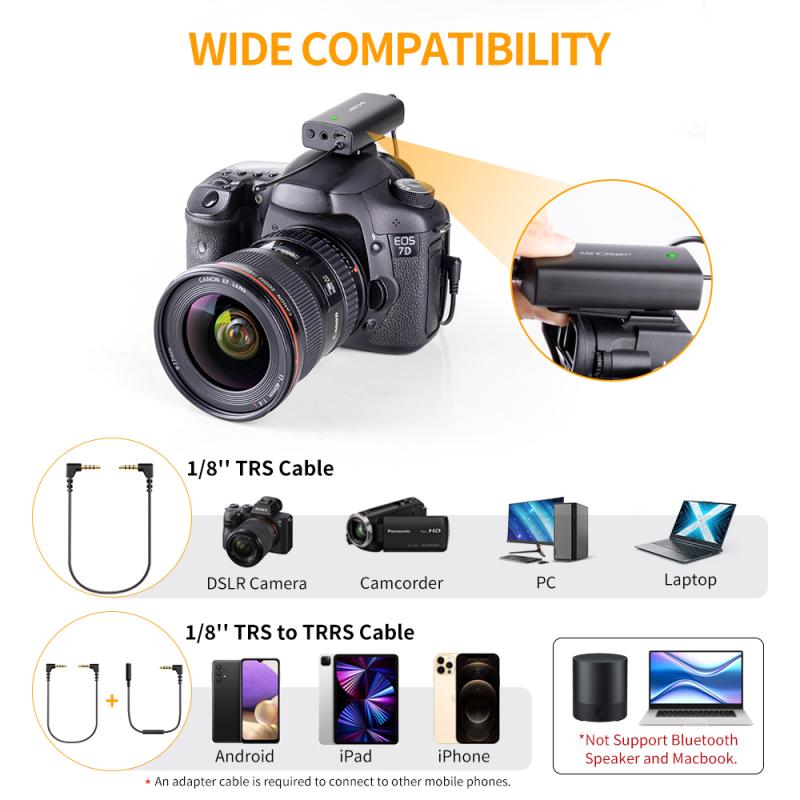
The first thing to do is to ensure that the volume is properly set. On iPhones, the volume control is straightforward, but it’s easy to overlook some small details.
- Use the Volume Buttons: Press the physical volume up button on the left side of the iPhone. You can also adjust the volume through the Control Center by swiping down from the top right corner (on newer iPhones) or swiping up from the bottom (on older models).
- Check the Volume in Settings: Sometimes, your volume settings can be adjusted differently depending on the type of media you’re using. Go to Settings > Sounds & Haptics and make sure the ringer and alert volume is set to an appropriate level. Although this doesn’t affect media volume directly, it’s still worth checking.
2. Enable “Headphone Safety” and Adjust Its Settings
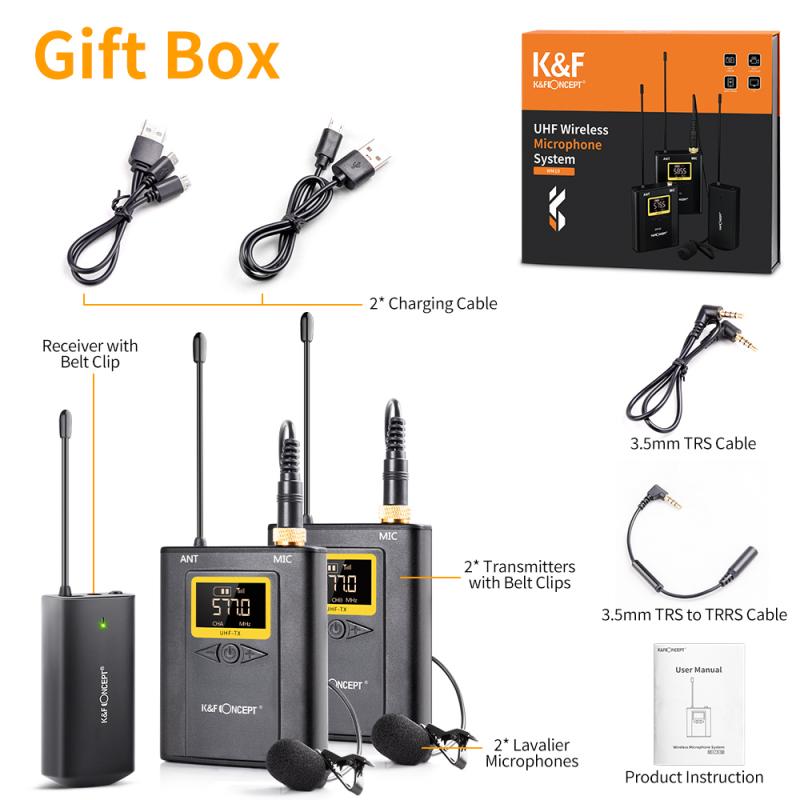
Apple includes a “Headphone Safety” feature to help protect your hearing by limiting the maximum volume level for headphones. If this is set too low, it can cause your headphone audio to sound quiet. Here’s how you can check and adjust it:
- Navigate to Settings > Sounds & Haptics > Headphone Safety.
- Make sure that “Reduce Loud Sounds” is turned off. If it’s turned on, it limits the volume to a level deemed safe by Apple.
Alternatively, you can adjust the “Reduce Loud Sounds” slider to a higher decibel threshold if you prefer to keep this feature active but want to increase the volume.
3. Check for Bluetooth and Wired Headphone Issues

If you're using Bluetooth headphones or wired headphones, ensure that they are functioning properly.
- Bluetooth Headphones: Sometimes, Bluetooth headphones can have issues with volume output due to a weak connection or interference. To ensure optimal performance:
1. Unpair and re-pair your Bluetooth headphones via Settings > Bluetooth.
2. Try moving closer to the iPhone to minimize Bluetooth interference.
3. If the Bluetooth headphones have their own volume control (some models do), make sure it's turned up as well.
- Wired Headphones: For wired headphones, check for damage to the headphone jack or cable. Dust or debris can accumulate in the headphone port, causing poor connection or low audio levels. Clean the headphone jack using a dry cotton swab or compressed air.
4. Use the Volume Limit Feature
Another potential cause for low headphone volume is the "Volume Limit" feature, which is commonly found in iPhones under Settings > Music > Volume Limit. This setting allows you to cap the maximum volume output for your iPhone, which might be inadvertently limiting the headphone audio.
- Turn Off Volume Limit: Go to Settings > Music > Volume Limit, and ensure it is either turned off or set to the maximum limit. This will allow your iPhone to output the full volume to your headphones.
5. Adjust the EQ Settings for Better Sound
If you're still not satisfied with the headphone volume or sound quality, consider adjusting the EQ (Equalizer) settings on your iPhone. The EQ settings can help tailor the audio output, boosting certain frequencies and improving the overall sound.
To adjust the EQ:
1. Go to Settings > Music > EQ.
2. Choose a setting that best fits your preferences. For example, selecting “Late Night” can increase the overall volume and clarity of softer sounds.
Additionally, there’s a "Volume Booster" setting in third-party music apps, which can further amplify the volume or enhance the audio quality for specific genres.
6. Turn Off “Do Not Disturb” and Check Focus Mode Settings
“Do Not Disturb” mode or other Focus modes can sometimes restrict audio notifications or reduce sound output. If you're using any Focus modes (e.g., Work, Sleep, etc.), make sure that they aren’t limiting your volume by going to Settings > Focus.
If the Do Not Disturb feature is enabled, it might interfere with incoming notifications and sound output. Check if the feature is turned on by looking for a crescent moon icon at the top of your screen. Disable it by going to Settings > Do Not Disturb and toggling it off.
7. Check for iOS Updates and App Issues
Occasionally, software bugs or compatibility issues with iOS can cause audio problems. Ensure that your iPhone is running the latest version of iOS to benefit from any performance improvements or bug fixes:
1. Go to Settings > General > Software Update and check for updates.
2. If you’re using specific apps (like Spotify, Apple Music, or YouTube), make sure they are updated as well.
App-related volume issues might arise if the app itself has a separate volume control. For example, in music streaming apps, you may find a volume slider within the app itself. Check to make sure this slider is set to the maximum as well.
8. Reset Settings and Troubleshooting
If none of the above methods work, you may need to reset some of the settings on your iPhone to restore default configurations. You can reset all settings without erasing your data by doing the following:
1. Go to Settings > General > Reset.
2. Tap Reset All Settings. This will reset things like Wi-Fi passwords and display settings but won’t erase your apps or photos.
As a last resort, you can also try Factory Resetting the iPhone, but this should only be done after backing up your data.
9. Use Third-Party Apps for Volume Boosting
If you’re still not satisfied with your headphone volume, there are third-party apps available in the App Store that can help amplify sound. Some apps are specifically designed to boost audio output or provide more control over your sound system.
For instance, apps like Boom or AudioPro offer advanced equalizer settings, volume boosting features, and custom sound presets that can be tailored to your preferences.
10. Consider Using a Headphone Amplifier
In certain cases, especially if you’re using high-impedance headphones (usually over-ear, studio-quality models), your iPhone might not be able to deliver enough power for maximum volume. In this case, investing in an external headphone amplifier might be the solution.
A headphone amplifier is a portable device that boosts the audio signal between your iPhone and headphones, ensuring that you get better sound quality and higher volume. This can be particularly beneficial for audiophiles who require powerful sound from their headphones.
11. Explore the “Sound Check” Option
Apple offers an additional feature called “Sound Check,” which normalizes the volume across all songs and audio clips. This ensures that songs with different recording volumes are played at a consistent level. To enable this feature:
1. Open Settings.
2. Go to Music and toggle the Sound Check option on.
This can be particularly useful when listening to playlists with tracks that vary significantly in volume.
If your headphone volume on your iPhone is too low, there are a number of steps you can take to fix it. From adjusting volume settings and headphone safety features to checking for Bluetooth or wired connection issues, Apple provides various ways to enhance your audio experience. If you need more volume, consider using apps or even external amplifiers. In some cases, resetting settings or updating your iOS might also resolve any audio issues. By following the above tips, you should be able to enjoy a richer, louder sound and get the most out of your headphone listening experience.




